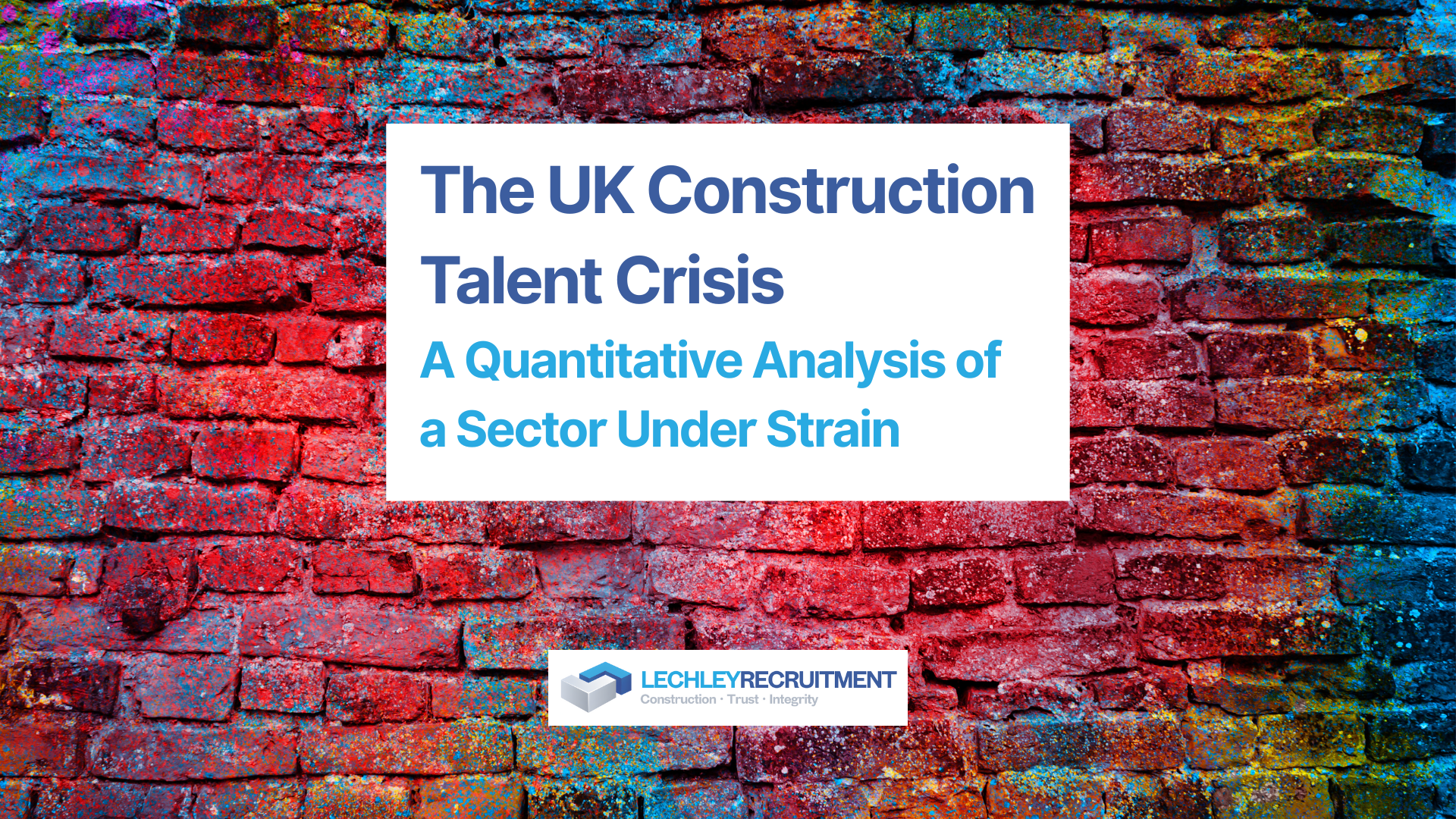Recruitment Resource Planning Is A Critical Business Function
Recruitment Resource Planning Is A Critical Business Function
Despite being two of the most important pillars and processes of business, workforce planning and recruitment resource planning don’t often get the attention and care they deserve. Many business leaders understand the importance of planning, but they don’t take the time to focus on it in the strategic way they need if they hope to grow.
When you look at it, human capital is quite literally capital. The people you hire for your organisation impact every facet of your business. Achieving your growth and business goals becomes immensely challenging without the right people in the right roles. Below, we’ll touch on why companies need to emphasise their recruitment planning and headcount strategies if they hope to succeed in the years ahead.
Recruiting Isn’t Just A Line Item.
Often CEOs and CFOs look at recruiting as a cost centre item that needs to be handled and managed within the HR department, rather than embracing it as the core business process. Without recruiting vital employees, an organisation can’t hope to succeed or expand its business operations.
In the past, corporate leaders might have gotten away with this attitude. Still, in the midst of the “Great Resignation” and the candidate-driven market we’re currently experiencing, it is crucial that you align your business goals and people strategy. In September 2021, the quit rates, or the rate at which workers leave their positions, skyrocketed, hitting a record number of resignations. October was not much better, seeing more employees leave their jobs and join in on the rising resignation trend.
How Headcount Planning Can Help
Having a headcount strategy in place can help organisations offset the negative impacts of such high quit rates. The trouble is that creating a headcount plan for this year has become increasingly complex with the added factors of significant employee attrition and challenging workforce availability.
One problem companies face when trying to implement a headcount plan is getting executive buy-in. Talent leaders need to convince their executive suite that recruiting is not just a one-off process but is instead a core business function.
Think about this: when a company builds a sales team, it is common to work backwards, starting with your revenue goals. The team works to establish the company’s revenue generation and then has to hire additional sales representatives based on those numbers. Much of the same strategy can be seen in the construction sector. Planners need to establish their production goals and then work backwards to determine the resources required to reach those goals.
Recruiting should be viewed in much the same way.
First, you should set the headcount goals for the upcoming year, and then you and your team can realistically calculate and determine the productivity per recruiting resource. Only once you’ve chosen this value can you discern the recruiting resources needed to reach your business goals.
What’s difficult is that CEOs often are more hesitant to add positions or scale their recruiting functions, leaving their departments under-resourced and overworked. But, there is never much hesitancy to increase capacity and add posts for the sales team. Recruiters and hiring managers need to convey the importance of a supported and staffed recruitment department so that they can focus on finding and retaining the best talent.
How To Create A Headcount Plan
Creating a headcount plan and recruitment resource plan is a fairly straightforward process:
- Leaders need to determine the new roles they need to achieve this year’s business goals
- These numbers need to be adjusted for turnover and internal churn
- The revised numbers then generate the total number of positions that your recruiting team needs to fill
Typical challenges are that planners will often underestimate the attrition rate and overlook the impact of internal churn on their planning. This and the open roles that are filled internally can create additional positions that your recruiters need to be backfilled. All-in-all, a realistic recruitment demand plan needs to reflect the following:
When your team has an accurate visual for the total demand for recruiting and the recruiting productivity metrics you’re analysing (such as how many roles a recruiter can manage per month), you can calculate the number of resources you need. The result is something similar to the salesforce analogy.
It’s no secret that securing quality recruiting resources is a challenge in today’s environment. Strong, skilled recruiters are in high demand, and the best ones are hard to find. This means that talent leaders need to demand a seat at the workforce planning table to more accurately convey the importance of seeing recruiting as a business function that drives outcomes versus just a cost centre. Hiring managers are no longer just “filling a job.” Today’s professional hiring roles demand natural talent and a specific and robust set of skills. These positions call for expert human capital that can be difficult to locate and retain.
In times of tough competition, enlisting the help of an external recruitment and sourcing team can lessen the burden your internal team faces. Lechley Associates is here to support your hiring goals and help you find the talent your company needs. To learn more about how our expert sourcers can help or start determining your headcount plan, reach out to us today.





